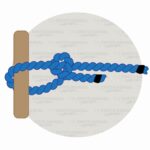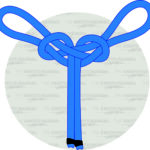A Fireman’s Chair Knot creates two opposite-facing loops in the middle of a rope. It’s used to create an emergency Bosun’s Chair for lifting conscious or unconscious injured people.
It’s also sometimes referred to as the Chair Knot or the Man of War Sheepshank Knot.
Quick Guide: Tying a Fireman’s Chair Knot
To tie a Fireman’s Chair Knot, make two loops in the middle of a rope and cross them over each other. Then pass both center-most strands of each loop through the opposite loop (step 1). Adjust each loop to your preferred size and tighten the knot (step 2).
Now make a Half-Hitch Knot on each side to finish the knot. You can do this by making a loop on the rope end and then passing the side loop through it (step 3).
Finally, tighten the knot by pulling each loop in the opposite direction and then pulling both rope ends (step 4).
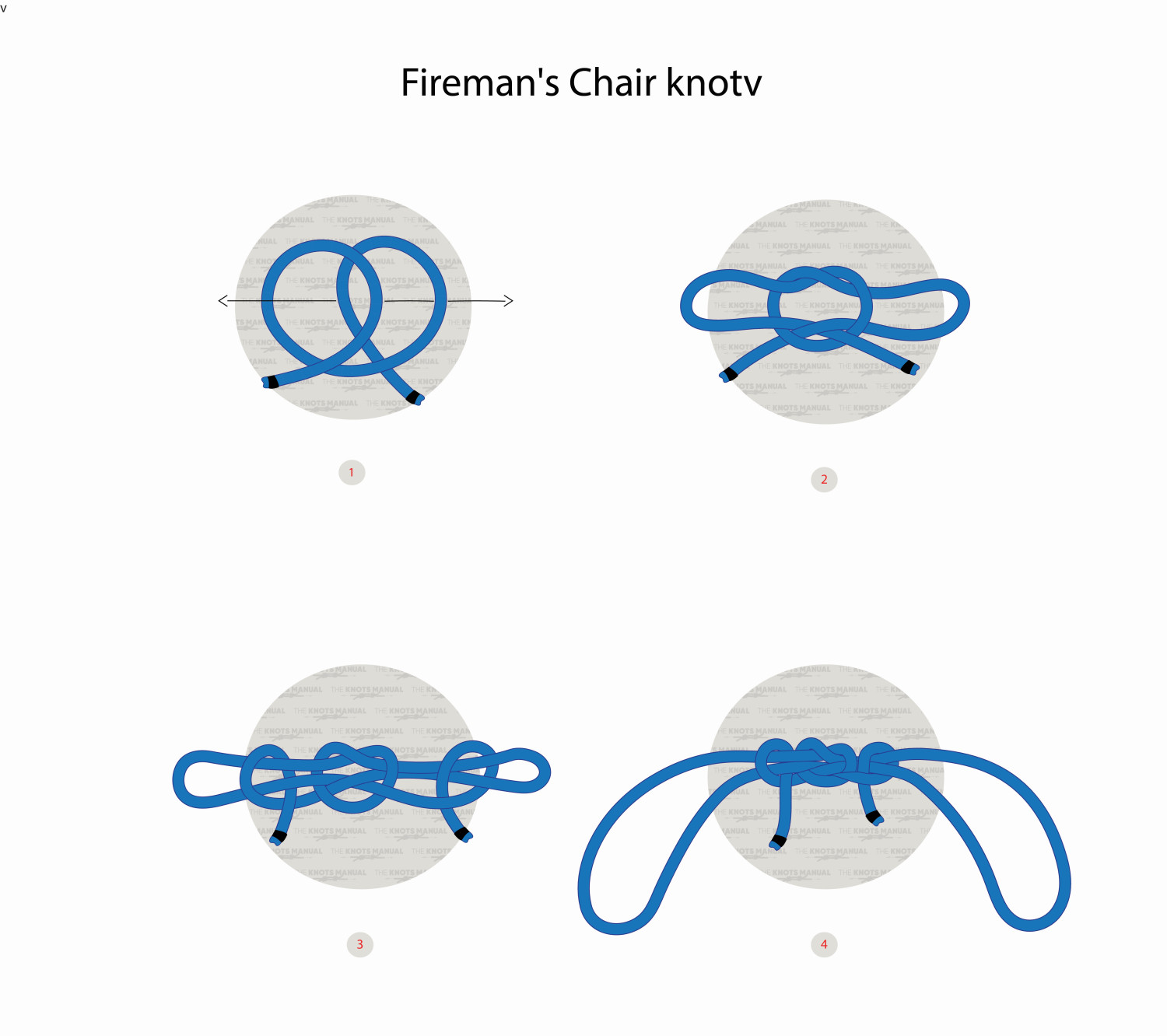
Pros and Cons of the Fireman’s Chair Knot
The main advantage of the Fireman’s Chair Knot is that it can be tied quickly and easily, even in stressful situations.
Another advantage is that each loop is adjustable before it’s secured with a Half Hitch Knot. This allows you to put each loop around the injured person, tighten it, and only then secure it with a Half Hitch. Once secured, each of the loops can be pulled separately and they’re very unlikely to come undone.
Each loop of the Fireman’s Chair Knot exits in the opposite direction. This is very beneficial for creating a Bosun’s Chair.
The last advantage of this knot is that you don’t need both rope ends to be free to tie it. This allows you to tie it very quickly in the middle of a long rope.
Its only downside is that it isn’t the most secure double-loop knot. It’s secure enough to be used in emergency situations, but for creating permanent midline anchor points, the Double Alpine Butterfly Loop is a better choice.
Common Uses for the Fireman’s Chair Knot
As the name suggests, the Fireman’s Chair Knot is most commonly used to create an emergency rescue harness (Bosun’s Chair). Two large loops are created and then wrapped around the injured person. One is placed around the torso under the arms, and the other one around the legs behind the knees. If used for this purpose, the knot should be secured tightly.
Although it’s rarely used in modern Search and Rescue situations, it’s still sometimes used as an emergency option. The injured person doesn’t need to be conscious, and they can be lifted vertically or diagonally at an angle.
Knots Like the Fireman’s Chair Knot
Handcuff Knot: An unfinished Fireman’s Chair Knot, shown in steps 1-2. In this form, each loop can be tightened and put around the wrists.
Spanish Bowline Knot: Another rescue knot that can be used as an alternative to the Fireman’s Chair Knot. It’s less secure, so it isn’t used as commonly.
French Bowline Knot: A secure and easy-to-tie knot that creates two loops at the end of a rope. It’s sometimes used as an alternative to the Fireman’s Chair Knot for lifting people vertically. It’s more helpful in this situation because of the placement of each loop – facing opposite to the standing end of the rope.
Double Alpine Butterfly Loop Knot: A simple knot that creates two very secure loops in the middle of a rope. It’s often used in climbing because these two loops create two very secure anchor points.
Double Figure 8 Loop Knot: Creates two very secure loops in the middle or at the end of a rope. It’s also often used to create anchor points but it can also be used as a Bosun’s Chair.
Step-By-Step Guide: How to Tie a Fireman’s Chair Knot
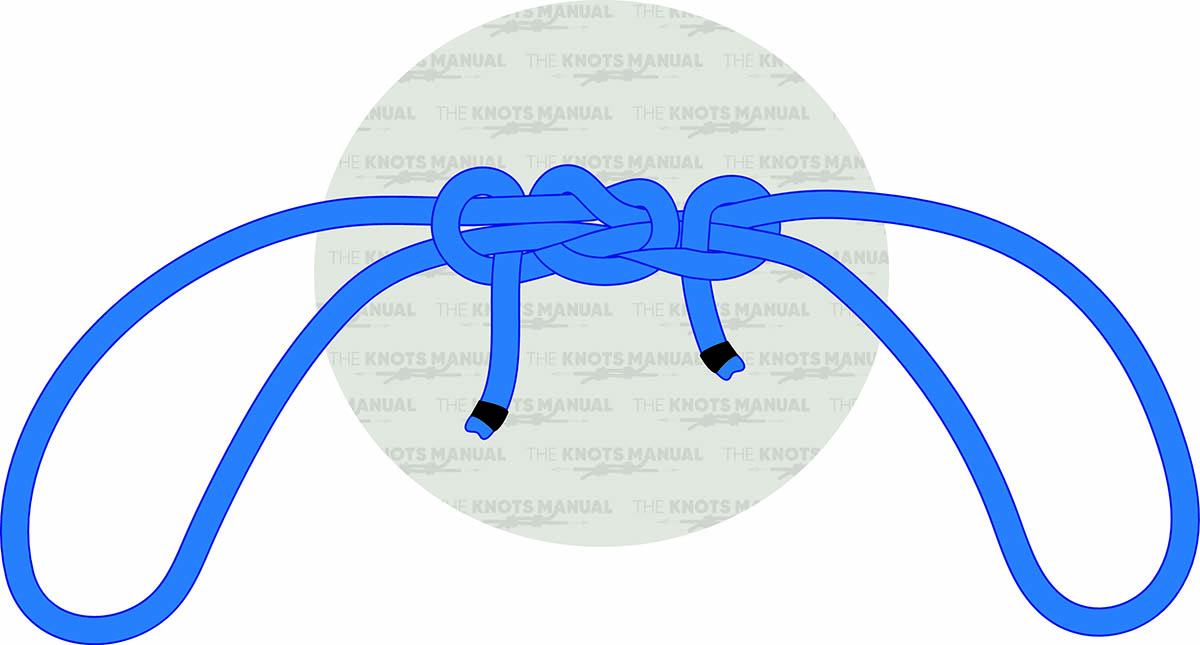
A step-by-step guide on how to tie a Fireman’s Chair Knot.
Step 1:
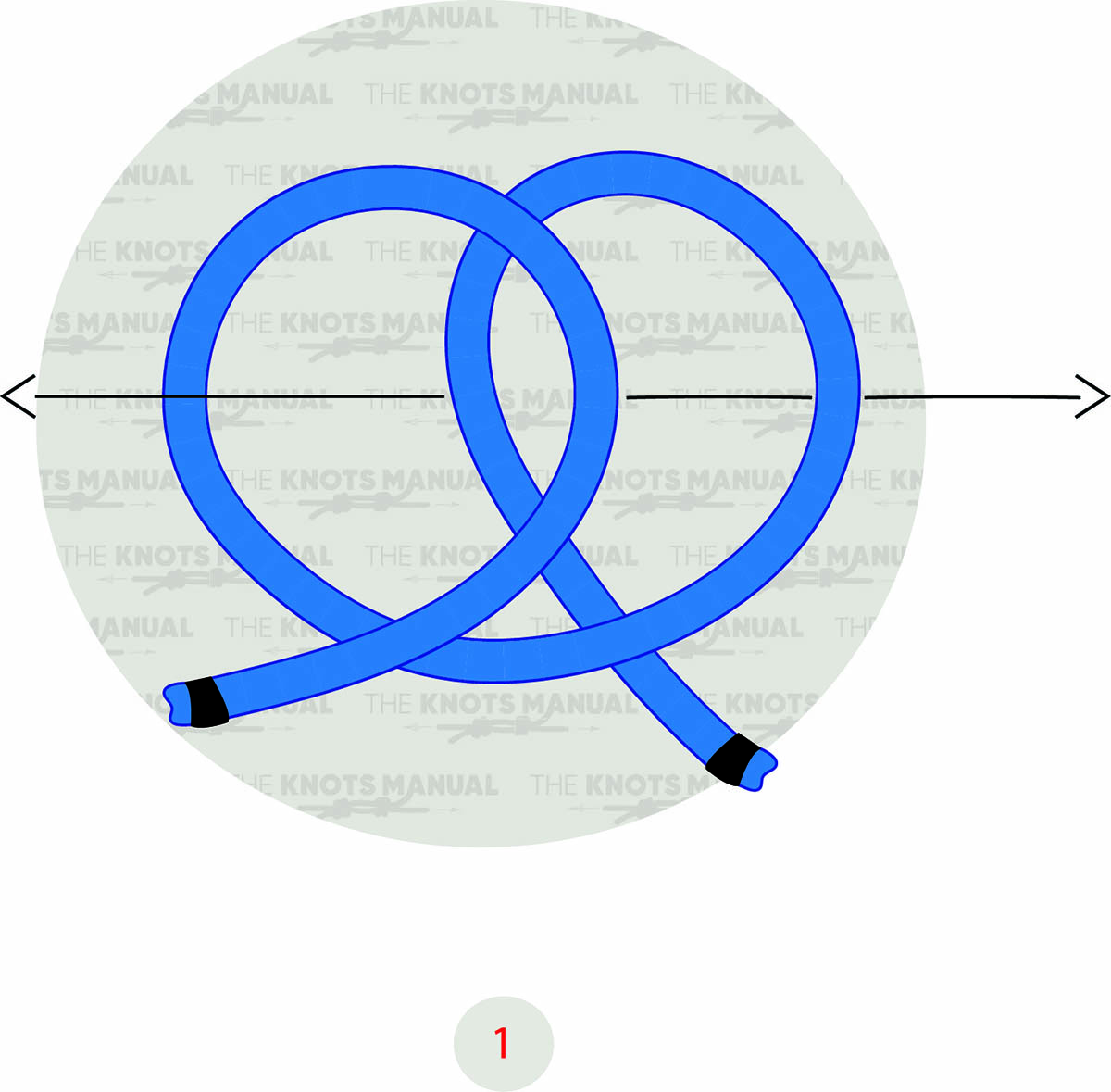
Create two loops in the middle of the rope and overlay them in the middle. Then pass the middle-most strand of each loop through the other loop.
Step 2:
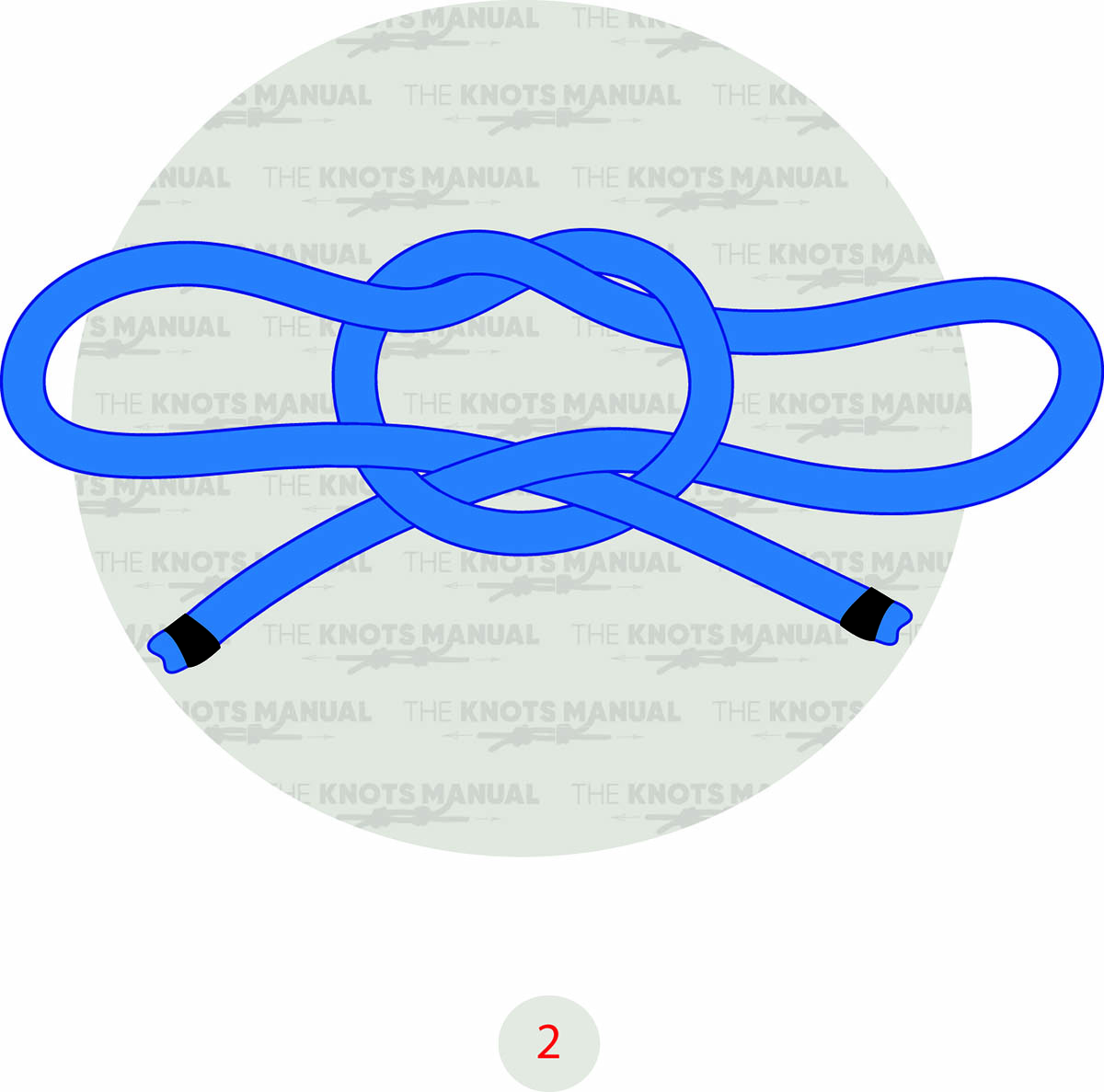
Pull each of the newly formed loops in opposite directions.
Step 3:
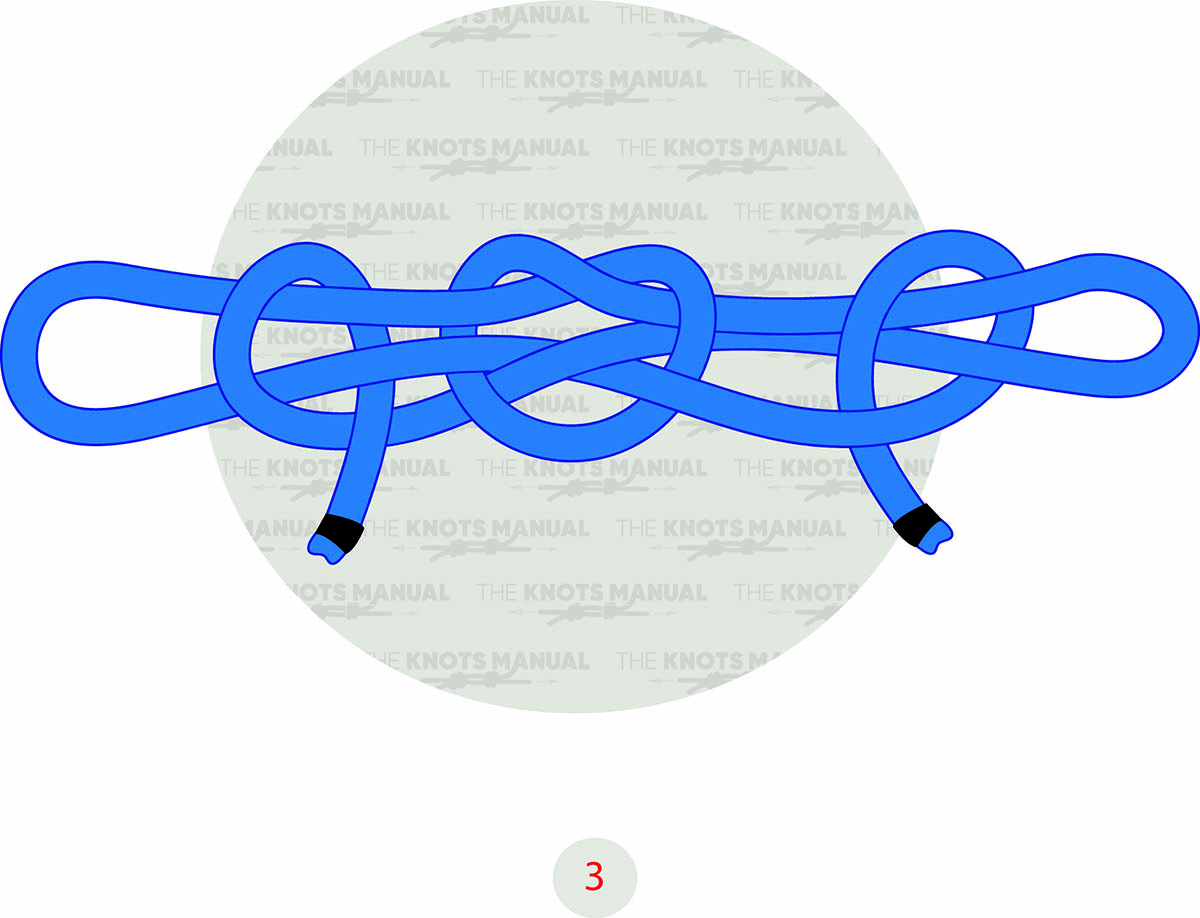
Do another Half-Hitch Knot on either side of the knot to lock it in place.
Step 4:
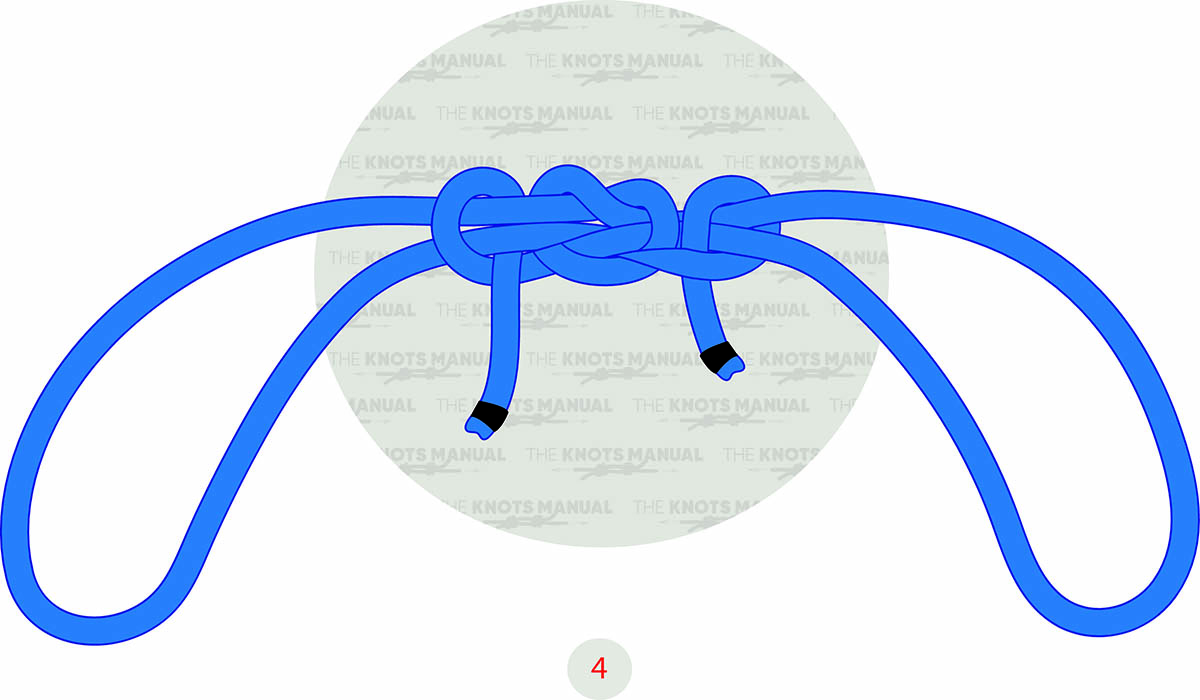
Tighten the knot by pulling each loop in the opposite direction. Finally, pull on both ends of the rope to finish tightening the knot.
